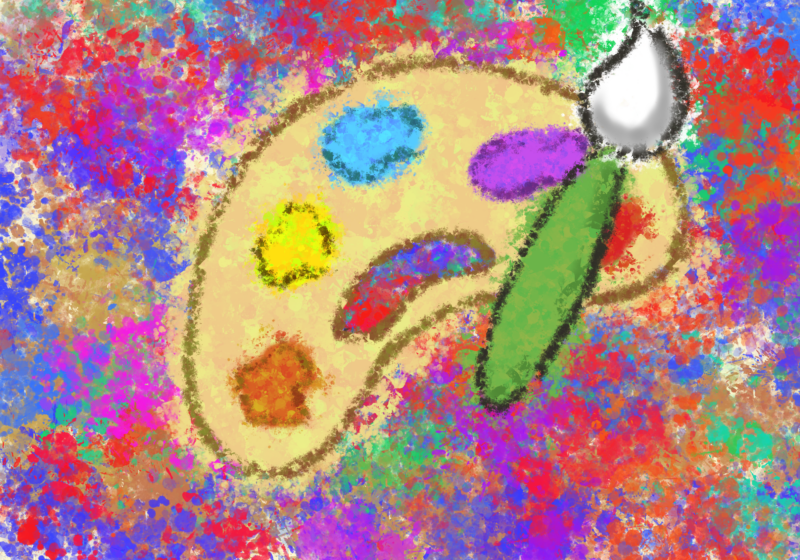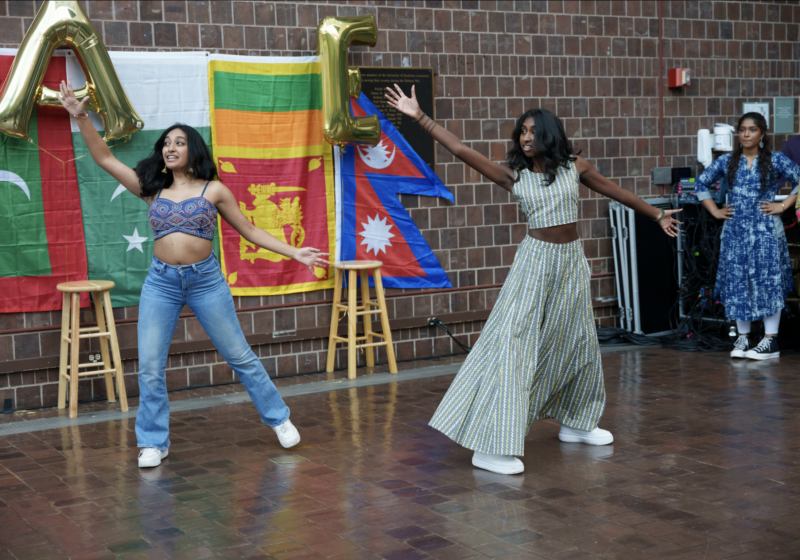On Tuesday, Feb. 5 there was a surprisingly significant number of people gathered at Kilbourn Hall for a special performance by violinist Oleh Krysa and pianist Tatiana Tchekina – both faculty members at the Eastman School of Music.
In contrast to last week’s performance by the Tokyo String Quartet, I got front-row seats to this week’s “Ludwig van Beethoven: Ten Sonatas for Violin and Piano III.” I was close enough to see Krysa’s feet tapping and hear his sporadic breaths between notes. The 10 Sonatas for piano and violin are representative of a bridge between the Classical and Romantic periods in musical history.
“I was pleasantly surprised to see that Eastman accommodates not only large-scale shows and ensembles in the grand Eastman theatre, but also smaller, more intimate performances in Kilbourn Hall,” freshman Bryan Brown commented on the culmination of the Sonatas.
The most consistent aspect of the performance was the overwhelming emotion that poured from the stage out into the aura of the auditorium, filling the audience with empathy for the performers and captivating the attention of old and young alike.
The facial expressions and body movements of both Krysa and Tchekina characterized not only a sincere passion for what they were expressing to the audience, but also a more thorough understanding of the tragedies Beethoven himself endured.
According to Louis Spohr, a witness to a rehearsal of the “Piano Trio, Op. 70 No 1,” in 1808, the performance was not an enjoyable experience.
“The piano was terribly out of tune which did not trouble Beethoven in the least, since he could not hear it. In loud passages the poor deaf man hammered away at the keys, smudging whole groups of notes. I was deeply moved by the tragedy of it all. Beethoven’s continual melancholy was no longer a riddle to me.”
The first piece, “Sonata No. 8 in G major for piano and violin, Op. 30 No. 3,” (1801-02) consisted of three movements: “Allegro assai,” “Tempo di Minuetto: ma molto moderato e grazioso” and “Allegro vivace.” The frequent changes of rhythmic energy in the opening movement created a charming sense of anticipation for the audience. The second movement contrastingly embraced a slower tempo that was uncommon for this time period.
The flowing notes connected together in a lucid manner, creating a calming sense of legato that resonated throughout the auditorium. The final movement increased tempo and embraced a very free form, ending with a clean-cut, cadence-like finale.
The second piece, “Sonata No. 9 in A minor for piano and violin, Op. 47 Kreutzer,” (1802-03) was undoubtedly the most well-known of all the sonatas. The introduction of the piece was very slow-moving, yet possessed incredible dramatic vigor. It has been compared to the “Eroica Symphony” as well as other symphonic works of the era.
The second half of this piece presented a series of rounds led first by the violin and followed by the piano, in minor and lastly in major.
The final piece of the night, “Sonata No. 10, Op. 96,” left the audience on their feet and flowers in the hands of the talented musicians. There was a break of nine years before Beethoven produced this piece. The opening movement, “Allegro Moderato,” began with a warm, beaming brilliance as both the piano and violin weaved in and out of each other playing independent and contrasting material. The “Poco Allegretto” foreshadows some of Beethoven’s later music, including material resembling the “String Quartet Op. 130,” written 13 years later.
Following this movement was the “Adagio Espressivo,” which included cadence material for both the piano and the violin and lead into the exuberant, dynamic finale. Unexpected modulations and a series of stops and starts characterized the final piece, eventually leading up to a glorious finish for both performers.
When the night was over, it was touching to see Krysa and Tchekina’s students approach the stage and hand flowers to them, as the audience stood and applauded such a marvelous exhibit of talent.
Freshman Leo Fridley said it all.
“There is no better company to watch a show like this than the students and faculty at Eastman who both understand and share the same passion as the performers themselves.”
Miller is a member of the class of 2011.




